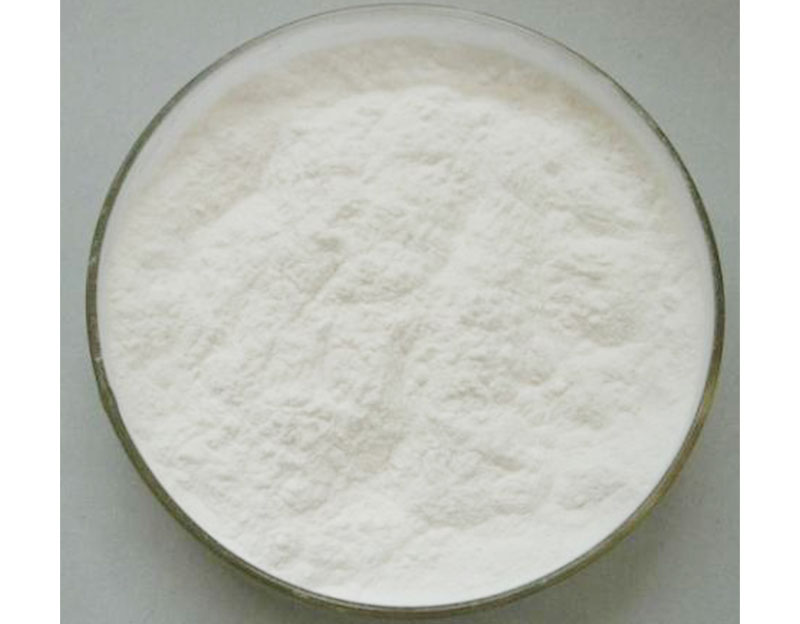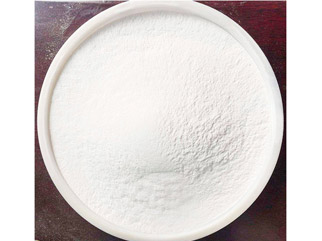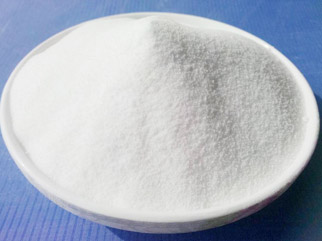
With the development of surface mount technology and the increasing miniaturization of components, printed circuit components are increasingly becoming smaller and denser, which puts new demands on the three preventive measures of printed circuit components. As a Parylene Powder Supplier, we share with you the application of Parylene Coating on printed circuit components.
Conventional protective coatings such as epoxy resin, polyvinyl chloride, silicone resin, and polyacrylate are all liquid coatings. Due to the viscosity of the liquid and the surface tension, the thickness of the coating is not uniform, and the coating is thin at the edges, corners, etc., and when there is only a small gap between the components and the substrate, the coating may not flow. An air gap is formed. The coating is cured, and after drying, it will cause shrinkage stress or form tiny pinholes due to volatilization of solvent or small molecule additives. The dielectric strength of these conventional coatings is generally also below 2000V/25um, so it is necessary to apply multiple times, and a thicker coating can be used to achieve more reliable protection. Parylene Coating Material is composed of active para-xylene double free radicals. The small molecular gas is deposited and polymerized on the surface of the printed circuit assembly.
The gaseous small molecules can be deposited on the substrate including any of the fine slits below the mount to form a high purity polymer having a molecular weight of about 500,000. It has no small molecules such as auxiliary solvent, no damage to the substrate, a uniform thickness of the protective layer and excellent performance, so Parylene Coating can provide a very reliable surface for printed circuit components with only 0.02-0.05mm. The protection, even after the salt spray test, the surface insulation resistance will not change much, and the thinner coating is also very beneficial for the heat dissipation generated by the components. In addition, due to the good symmetry of the molecular structure, it still has a small dielectric loss and dielectric constant at higher frequencies. Its high frequency and low loss characteristics make it reliable protection for high-frequency microwave circuits. condition.

